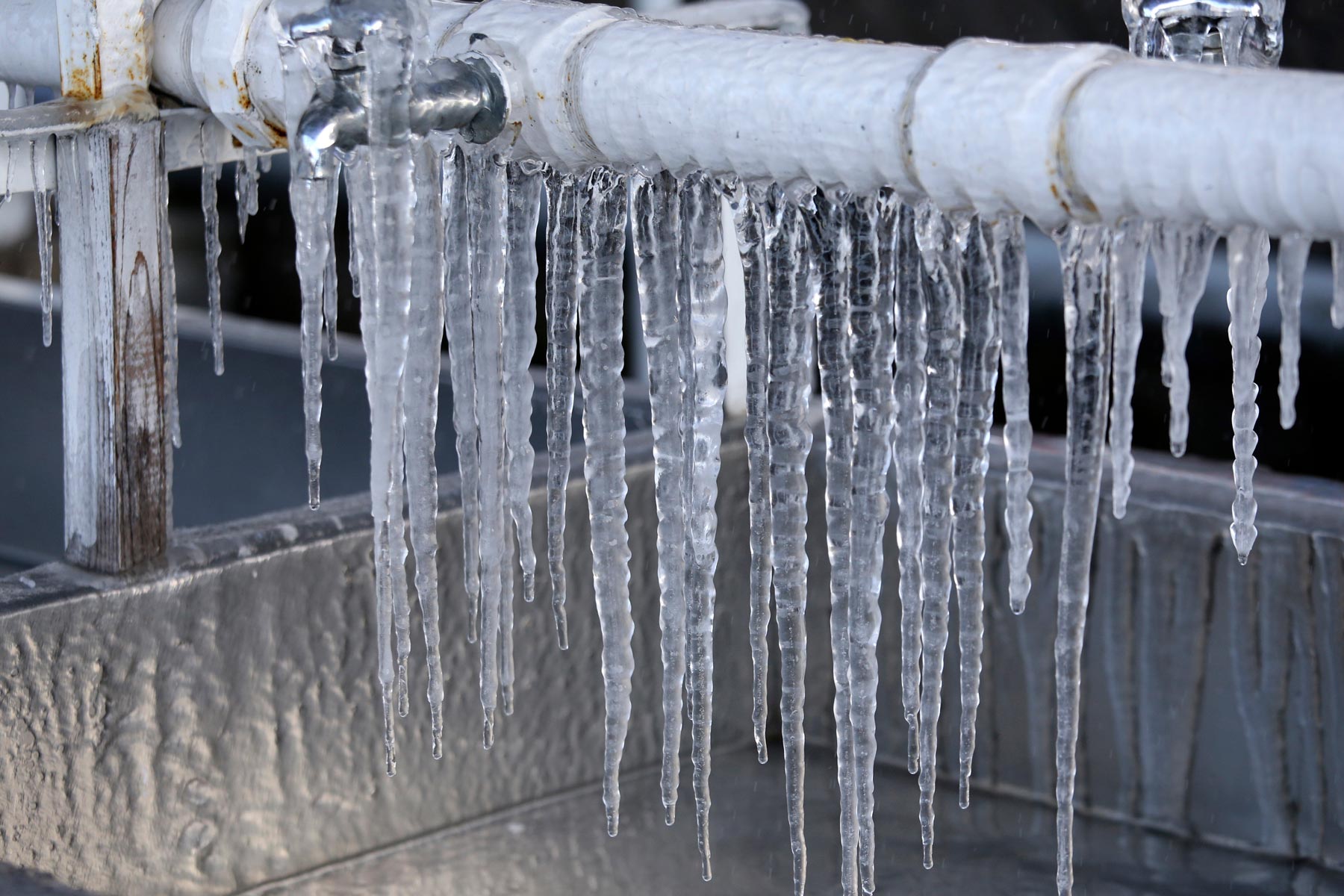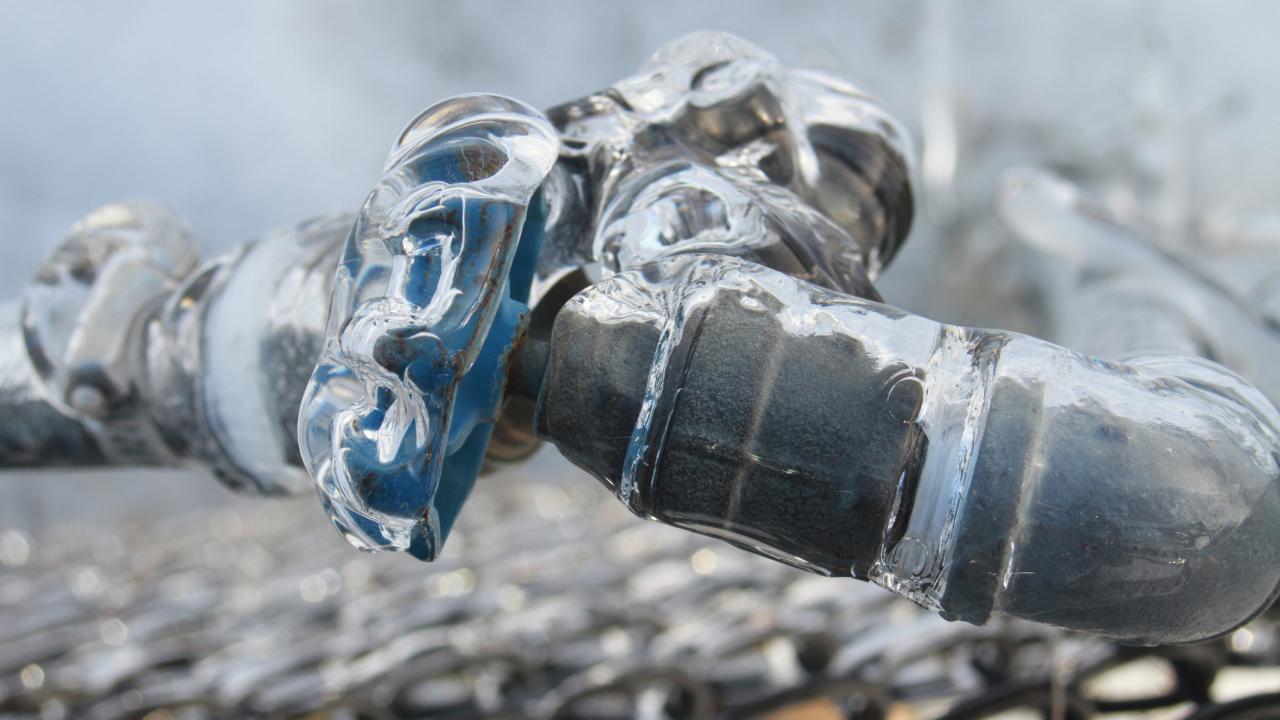The article below in relation to How To Avoid Freezing Pipes is truly enlightening. You should give it a look.

Cold weather can wreak havoc on your plumbing, especially by freezing pipes. Right here's how to prevent it from occurring and what to do if it does.
Intro
As temperature levels drop, the danger of icy pipelines increases, potentially causing costly repair work and water damage. Understanding how to prevent frozen pipes is critical for property owners in chilly environments.
Comprehending Frozen Pipelines
What triggers pipes to ice up?
Pipelines freeze when exposed to temperature levels below 32 ° F (0 ° C) for prolonged durations. As water inside the pipelines ices up, it increases, taxing the pipeline wall surfaces and possibly creating them to break.
Risks and problems
Frozen pipes can result in supply of water disruptions, residential or commercial property damage, and costly repair services. Burst pipes can flooding homes and cause comprehensive architectural damage.
Signs of Frozen Water Lines
Identifying frozen pipes early can prevent them from breaking.
Just how to identify frozen pipes
Look for lowered water circulation from taps, uncommon odors or noises from pipelines, and noticeable frost on subjected pipelines.
Avoidance Tips
Insulating susceptible pipes
Wrap pipes in insulation sleeves or make use of warmth tape to safeguard them from freezing temperatures. Focus on pipelines in unheated or outside locations of the home.
Heating methods
Keep interior areas effectively heated, particularly areas with plumbing. Open up cabinet doors to enable cozy air to circulate around pipelines under sinks.
Protecting Outdoor Pipes
Yard hoses and outside taps
Detach and drain pipes yard pipes prior to winter months. Mount frost-proof spigots or cover exterior taps with protected caps.
What to Do If Your Pipes Freeze
Immediate activities to take
If you believe frozen pipelines, keep taps open up to eliminate pressure as the ice melts. Make use of a hairdryer or towels taken in hot water to thaw pipes slowly.
Long-Term Solutions
Architectural changes
Take into consideration rerouting pipelines far from outside walls or unheated areas. Include added insulation to attics, basements, and crawl spaces.
Updating insulation
Buy premium insulation for pipelines, attic rooms, and wall surfaces. Correct insulation assists preserve consistent temperature levels and lowers the danger of icy pipelines.
Verdict
Stopping icy pipes requires positive procedures and fast feedbacks. By recognizing the reasons, indications, and preventive measures, homeowners can safeguard their plumbing during winter.
5 Ways to Prevent Frozen Pipes
Drain Outdoor Faucets and Disconnect Hoses
First, close the shut-off valve that controls the flow of water in the pipe to your outdoor faucet. Then, head outside to disconnect and drain your hose and open the outdoor faucet to allow the water to completely drain out of the line. Turn off the faucet when done. Finally, head back to the shut-off valve and drain the remaining water inside the pipe into a bucket or container. Additionally, if you have a home irrigation system, you should consider hiring an expert to clear the system of water each year.
Insulate Pipes
One of the best and most cost-effective methods for preventing frozen water pipes is to wrap your pipes with insulation. This is especially important for areas in your home that aren’t exposed to heat, such as an attic. We suggest using foam sleeves, which can typically be found at your local hardware store.
Keep Heat Running at 65
Your pipes are located inside your walls, and the temperature there is much colder than the rest of the house. To prevent your pipes from freezing, The Insurance Information Institute suggests that you keep your home heated to at least 65 degrees, even when traveling. You may want to invest in smart devices that can keep an eye on the temperature in your home while you’re away.
Leave Water Dripping
Moving water — even a small trickle — can prevent ice from forming inside your pipes. When freezing temps are imminent, start a drip of water from all faucets that serve exposed pipes. Leaving a few faucets running will also help relieve pressure inside the pipes and help prevent a rupture if the water inside freezes.
Open Cupboard Doors
Warm your kitchen and bathroom pipes by opening cupboards and vanities. You should also leave your interior doors ajar to help warm air circulate evenly throughout your home.

As an avid reader about How to Prevent Your Pipes From Freezing, I thought sharing that portion was worthwhile. Do you know somebody who is involved in the topic? Why not promote it. Thank you so much for taking the time to read it.
Get Offer